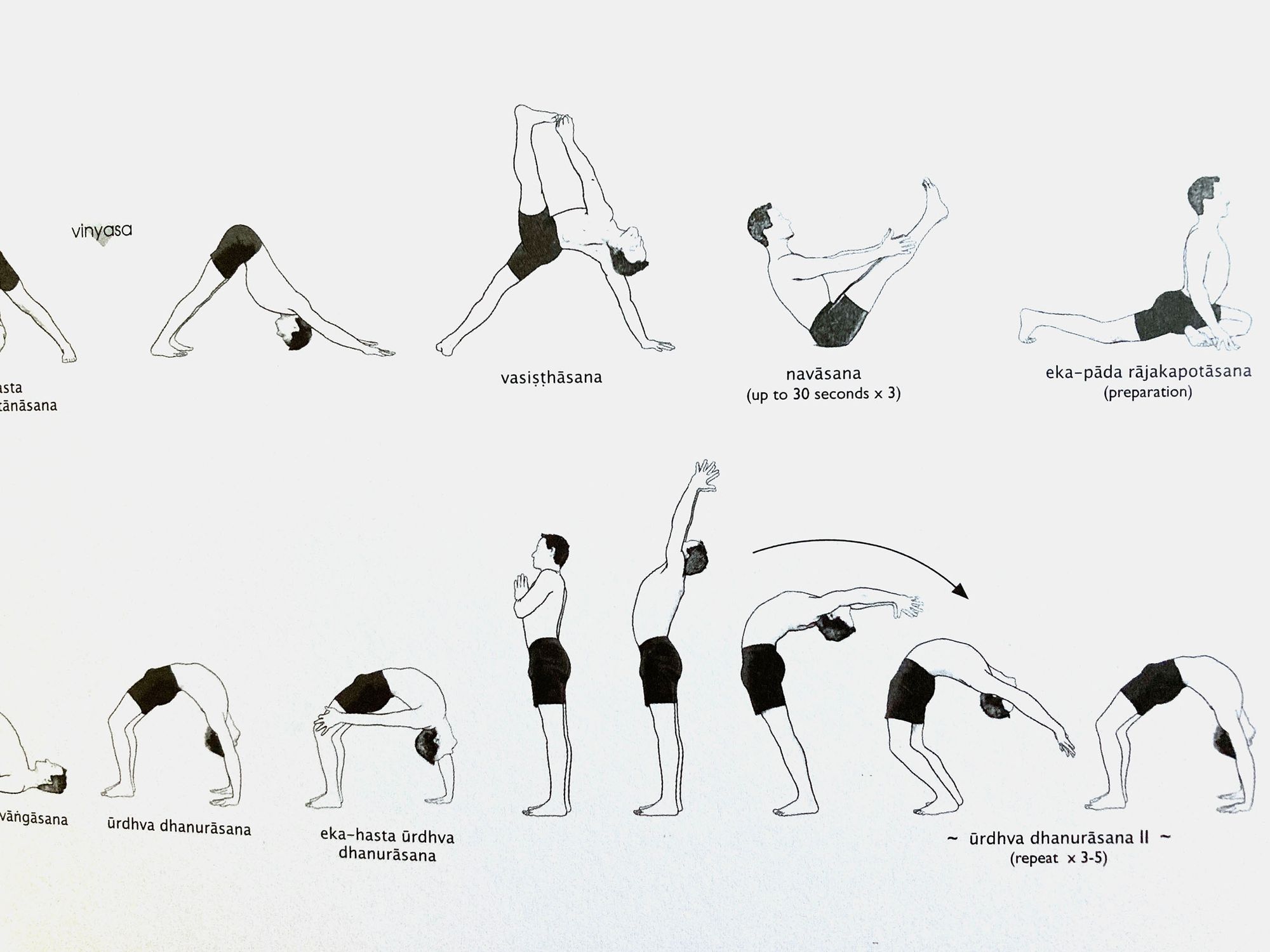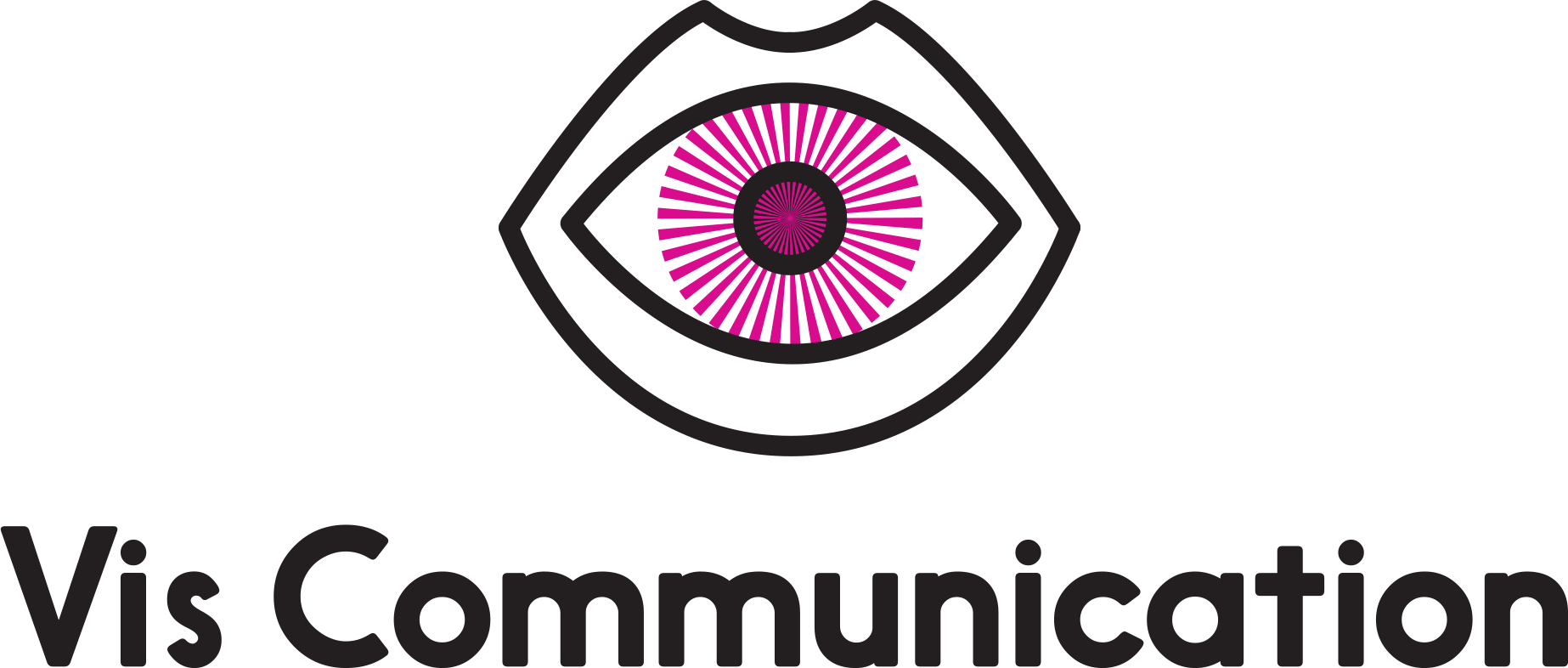The Flexibility and Inflexibility of Time
There are two chunks of time that a designer uses for any project. There is Thinking time and Mechanical time.

Why tighter deadlines are bad for creativity.
Tighter and tighter deadlines are the bain of every creative. People think we're whiny going around talking about needing to marinate, to have our subconscious work on it, to sleep on it, to spend hours seemingly doing nothing in order to be our most creative. Its no BS, there's actually research to back up the fact that spending this time actually does result in more creative ideas.
But I'm here to talk about the really tight deadlines. Could be two days, could be one day, could be less than a day.
There are two chunks of time that a designer uses for any project. There is Thinking time and Mechanical time.
Thinking time: This is time spent doing research, problem solving, thinking about what the big idea or concept could be, working alone or with others to brainstorm and collaborate, or maybe sketching.
Mechanical time: This is the time spent actually building the project. Can include assembling the parts you need such as an images, fonts, other elements, converting file types, creating the documents and file structure for organization. Finally, just building the actual file in whatever program is needed. This is the un-sexy side of design that non-designers probably don't think about too much.
Ideally, you've solved the problem in the Thinking phase, and this makes the Mechanical phase more efficient. But here's the thing, Thinking time is flexible and Mechanical time is mostly inflexible.
Say you have 8 hours to complete a project from start to finish. As a designer, you know that for this type of project you need a minimum of 4 hours for Mechanical time – to actually build the thing and have the correct export for the end of the day. That means you have 4 hours of Thinking time. A tight deadline, but you know from experience you can work with that.
Now, say someone comes to you and says, "Hey, I actually need the finished project in 6 hours." You still need 4 hours for Mechanical – it's the minimum you determined you needed – so it's inflexible. Guess what time has to become flexible? The Thinking time just got cut by 2 hours. You have less time to come up with a great solution. You come up with the best solution you can in 2 hours. You may have to skip some research. Or you don't get to sketch. Less time to brainstorm or collaborate with others. You finish the project, but you know it could probably have been better given more time. This is the designer's frustration.
For the Designer:
You have an idea of how much time you need to spend on both kinds of time for any given project and communicate that as a parameter at the start of a project. If the client is really in a bind with time, that's fine. But have the discussion – is there a hard date for the creative, meaning an actual publication or media due date, or a set meeting it's needed for? Or, did someone make up a date because they needed to, or because they have no idea how long these things take.
For the Client:
First, which type of project you're asking for will make a difference here. If what you need is an executional* project, there is less Thinking time and more Mechanical time involved in that.
If what you're asking a designer for is problem solving or new ideas, know that the more time you give a designer, the better the solution is likely to be. If you really need it that fast, it happens, we get it. But a conceptual** project done in 2 weeks will likely have a more satisfying or more effective result than a project done in 2 days.
*An executional project is one with clear and specific requests. For example, "I need an ad with this image and this copy, and here are the pub specs and our brand standards."
**A conceptual project is one in which you're giving the designer a problem or goal and asking them for a solution or new ideas.

